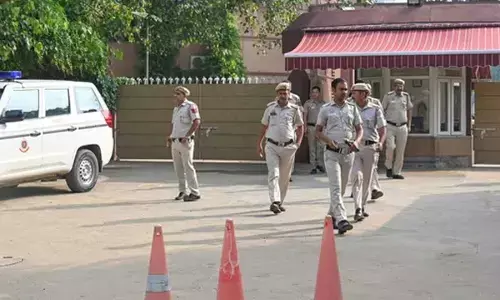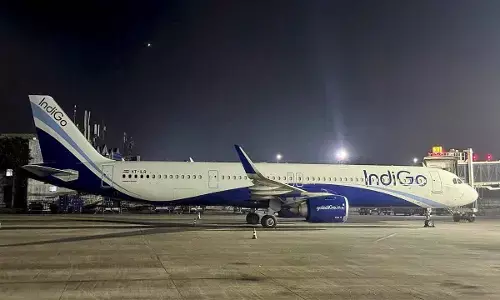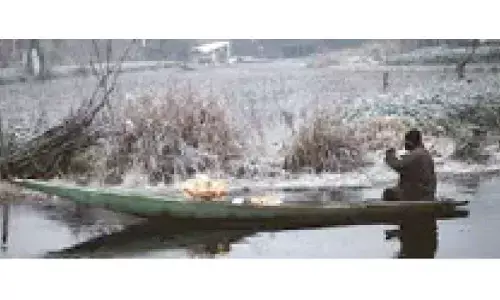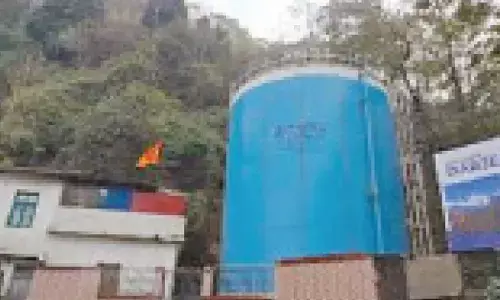Water to water, not water to waste

Water supply must be linked to the system of sanitation and wastewater generation
Access to clean water, life is unhealthy and unbearable. Successive governments, both at the Centre and in states, have worked, over the years, to provide clean water to rural communities. But experience shows that even as water supply has “reached” villages, the number of villages that has again fallen into the “unreached” category has grown. This zero-sum game is because water supply is not only about building pipes but also about ensuring the sustainability of the source of the supply system. Meaning, even if water supply has “reached” the village, the built and delivered infrastructure breaks down if the source dries up or gets contaminated.
The key challenge then is to ensure sustainability of the water supply system, particularly the source of water supply. The Government of India’s ambitious and much needed Jal Jeevan Mission (JJM) recognises this fundamental flaw and stresses that its objective is sustainability so that water continues to flow through the pipes to the taps. In this way, JJM’s most important objective is to provide a “functional” tap in every home, and not just the provision of the tap.
This requires focus on improving the durability of water assets—by ensuring that the pond or lake or tank is not encroached upon and that the watershed, so critical for the drainage to be secured, is not destroyed. This also requires source sustainability by ensuring that the water source—be it river, lake or well—is recharged and is not polluted either by the excreta dumped on the land or by wastewater from households that now have toilets and taps.
The fact is, 80 per cent of the water supplied to households is discharged as wastewater. In rural households, sanitation programmes focus on building toilets which use minimal water. Most of the wastewater is in the form of greywater—defined as wastewater from all human uses like bathing, washing clothes and washing utensils, other than toilets—which is discharged into the open. This greywater creates pools of water and breeding grounds for vectors and other diseases and becomes another source of contamination for groundwater and surface water. This is why greywater management—to reuse that used water for cultivation or for recharging groundwater—is key to source sustainability. This is water to water, not water to waste.
At the same time, water supply has to be linked to the system of sanitation and wastewater generation. We need to understand that when we pollute water, we waste it. The fact is, the toilet building programme is incomplete unless the wastewater—the faecal sludge that is contained in the receptacle of the single- or double-pit or unlined, linked or honey-comb individual toilet—is safely disposed of. This means the faecal sludge must be either treated within the toilet—in situ treatment—so that when it is emptied, the sludge can be reused as manure without polluting water or land. Or, there are systems to collect the faecal matter and to take it to treatment plants before it is reused on the land.
We know that the faecal matter—what we excrete after eating food that takes the nitrogen and phosphorous from the soil—is full of nutrients. This matter must be put back on the land and not disposed of in waterways. But it must be done after treatment so that the waste does not add to our health burden.
But the most important learning is that unless communities are involved, water supply programmes will remain dysfunctional and indeed broken. The problem lies in the fact that land and water bureaucracies are fractured—somebody owns the pond; another agency the drain; and yet another the catchment. Water security requires this to change. This means giving much greater control over the water structures to the local community—by deepening democracy and through devolution of powers—is then the answer to water management. This has to be the next game changer in our quest to supply clean water to all.
This is even more important in today’s climate-risked world. In this decade we will see the revenge of nature. We need then to scale up our work to invest in water systems and to make them durable—not just to withstand another rain but another deluge. We need to speed up our work, because climate change will make sure that we have more rain but in fewer rainy days. This means doing much more to capture the rain, when and where it falls, so that the groundwater is recharged.
Our water future is about our water wisdom and in this, we must recognise that water and culture go together. Water shortage is not about mere failure of rain. It is about the failure of society to live and share its water endowment.
(The writer is Director General of CSE and editor of Down To Earth, an environmentalist who pushes for changes in policies, practices and mindsets)














